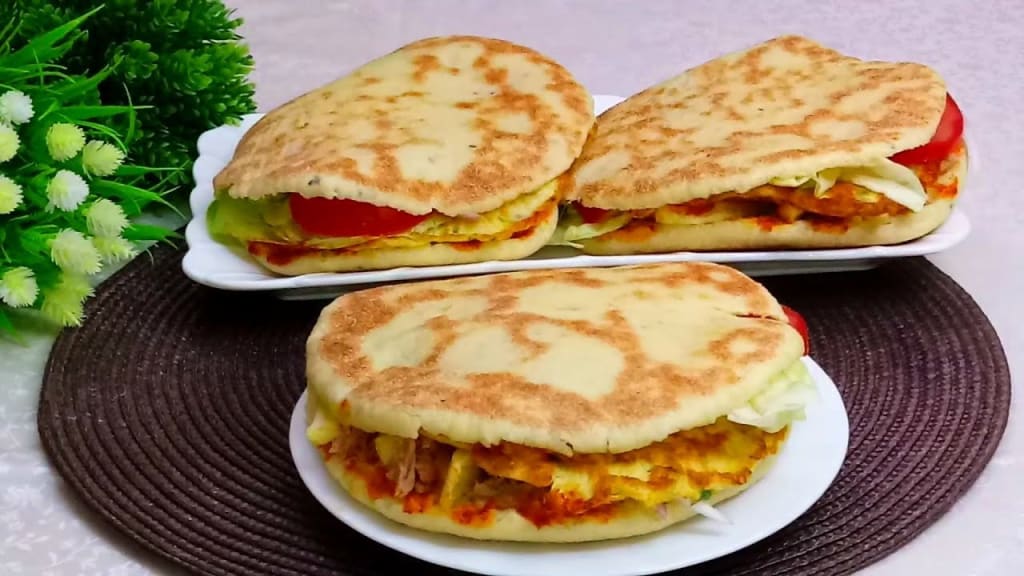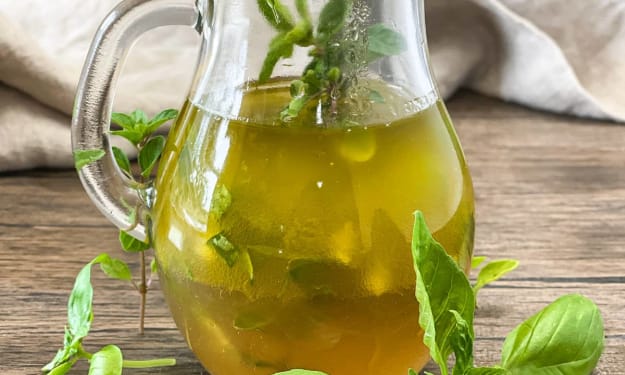
A historical overview of the Tunisian chapati
A staple of Tunisian cuisine, chapati is a flatbread with a rich history intertwined with the country's cultural heritage and culinary influences. Its origins can be traced back to ancient civilizations, where bread played an important role in both livelihoods and cultural practices.
The introduction of chapati into Tunisia is attributed to trade routes and cultural interactions with neighboring regions. Over time, it has evolved into a distinctive Tunisian dish, incorporating local ingredients and cooking techniques. Today, chapati serves as a testament to the diversity of Tunisian cuisine and its ability to adapt and adopt foreign influences.
Here is a glimpse into Chapattis' historic journey in Tunisia:
Ancient Origins: The concept of a chapati-like flatbread dates back to ancient civilizations in the Middle East and North Africa. These early flatbreads were likely made with simple ingredients such as flour, water, and salt, and cooked on hot stones or in primitive ovens.
For Commercial and Cultural Exchange: As trade routes flourished and cultural interactions increased, the concept of flatbread spread throughout the Mediterranean region. Tunisia, with its strategic location, was the center of these exchanges, which led to the introduction of various varieties of flatbread, including chapati.
Tunisian Adaptation: Over time, chapati has undergone a transformation in Tunisia, incorporating local ingredients and culinary practices. The use of whole wheat flour, which is prevalent in Tunisian cuisine, has become a distinctive feature of Tunisian chapati. In addition, the introduction of spices and herbs, such as harissa, cumin and coriander, added a unique flavor to the dish.
Modern Tunisian Chapati: Today, Tunisian chapati is a beloved dish enjoyed throughout the country. It is usually served as part of breakfast, lunch or dinner, and is often accompanied by stews, tagines or salads. Its versatility and adaptability have made it a staple in Tunisian homes and restaurants.
In conclusion, Tunisian chapati embodies Tunisia's rich culinary heritage, reflecting its history of trade, cultural exchange and culinary innovation. It is a testament to the country's ability to adapt and adopt foreign influences while creating a unique culinary identity.
This is how to prepare it
ingredients:
dough:
500 grams of flour.
1 cup warm milk.
1 tablespoon yeast.
1 teaspoon sugar.
1 teaspoon salt.
2 tablespoons vegetable oil.
Filling: (optional)
2 eggs.
100 grams of grated cheese.
100 grams canned tuna.
1 tablespoon harissa.
olive oil.
Green salad.
directions:
dough:
In a bowl, mix the milk with yeast and sugar and leave it aside for 10 minutes until it reacts.
Add eggs, oil and salt and mix well.
Gradually add the flour while kneading until you get a smooth and consistent dough.
Cover the dough and leave it in a warm place for an hour.
Filling: (optional)
In a frying pan, heat the oil and fry the eggs until cooked.
Crumble the eggs and add them to the cheese and tuna.
Add the harissa and mix the ingredients well.
Forming and baking:
Divide the dough into equal sized balls.
Roll out each ball on a floured surface until thin.
Place a spoonful of the filling in the middle of the dough.
Close the dough over the filling in the form of a bag, and press the edges firmly.
Heat a frying pan over medium heat.
Place the chapati in the pan and bake on both sides until golden brown.
service:
Serve hot chapati with green salad and olive oil.
advice:
Other ingredients can be added to the filling as desired, such as green peppers, onions, or tomatoes.
Coconut oil or sesame oil can be used instead of olive oil.
Chapati can be baked in a preheated oven at 180°C for 10-15 minutes.
In conclusion, Tunisian chapati embodies Tunisia's rich culinary heritage, reflecting its history of trade, cultural exchange and culinary innovation. It is a testament to the country's ability to adapt and adopt foreign influences while creating a unique culinary identity.
About the Creator
Nora SG
I love writing articles, poetry and children's stories, which I sell on Amazon, I also design images, especially on artificial intelligence programs, and I sell on several sites, and I have 5 years of experience






Comments (1)
I'm a vegetarian so I can skip the eggs and tuna. Maybe I can replace tuna with mock fish. Thank you so much for the recipe!